Mixed-use developments included in new vision for Buchanan Bus Station
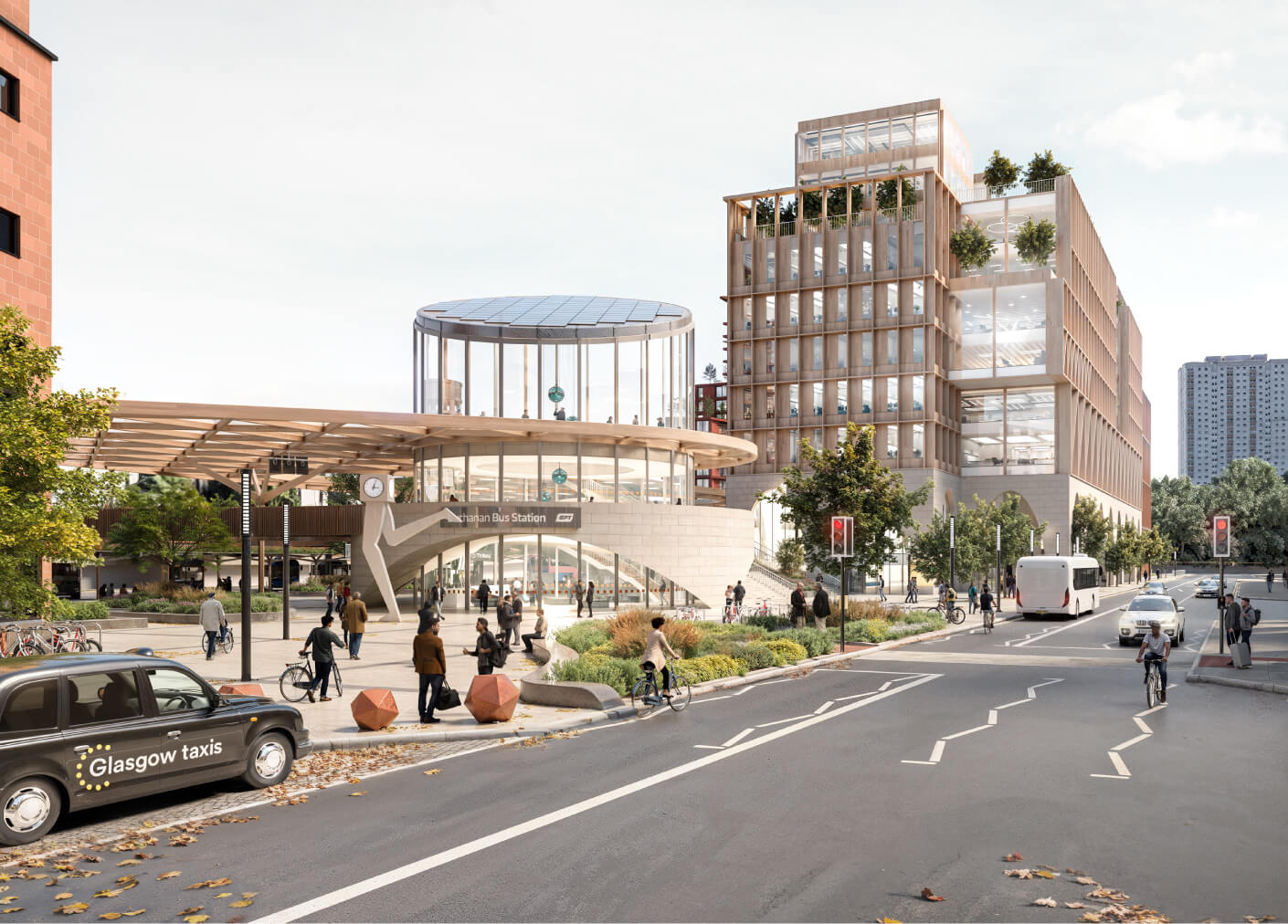
Strathclyde Partnership for Transport (SPT) has unveiled ambitious plans for the redevelopment of Glasgow’s Buchanan Bus Station and the surrounding urban block, including new homes, offices, shops, and public spaces.
The Buchanan Bus Station Masterplan sets out a long-term vision to transform the area into a vibrant new gateway to Glasgow, fully integrated with its surroundings and supported by a modern, efficient, and welcoming transport hub at its core.
SPT is working in close partnership with Glasgow City Council and has appointed AtkinsRéalis and New Practice to lead the design and development of the masterplan. The project adopts a place-based approach, exploring how future land uses can complement an upgraded transport interchange while maximising the potential of this key city-centre site.
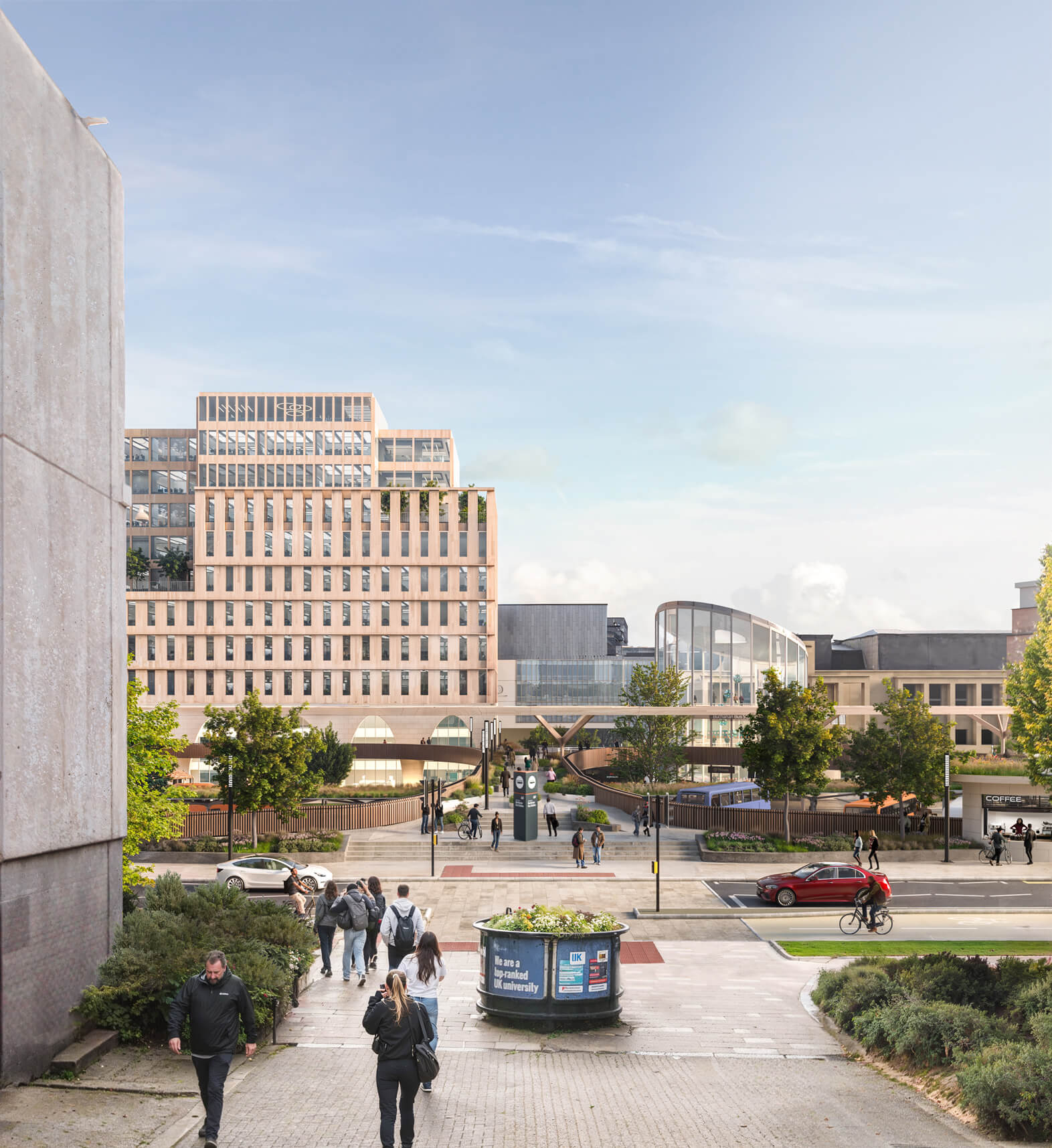
The proposals aim to enhance the experience for all users and make better use of the land by reimagining the station’s role within Glasgow’s wider transport network. The masterplan considers a mix of potential developments while retaining the bus station as the heart of the area.
SPT said the plan would “maximise use of the site and enhance the experience of all users,” encompassing improvements to the existing station, its surrounding public realm, and connections with Buchanan Street Subway, Queen Street Station, and other key destinations.
Visuals released as part of the consultation depict new bridges, walkways, and public spaces connecting Killermont Street and Cowcaddens Road, alongside soaring mixed-use buildings, green areas, and a redesigned concourse offering better weather protection and more room for shops and passengers.
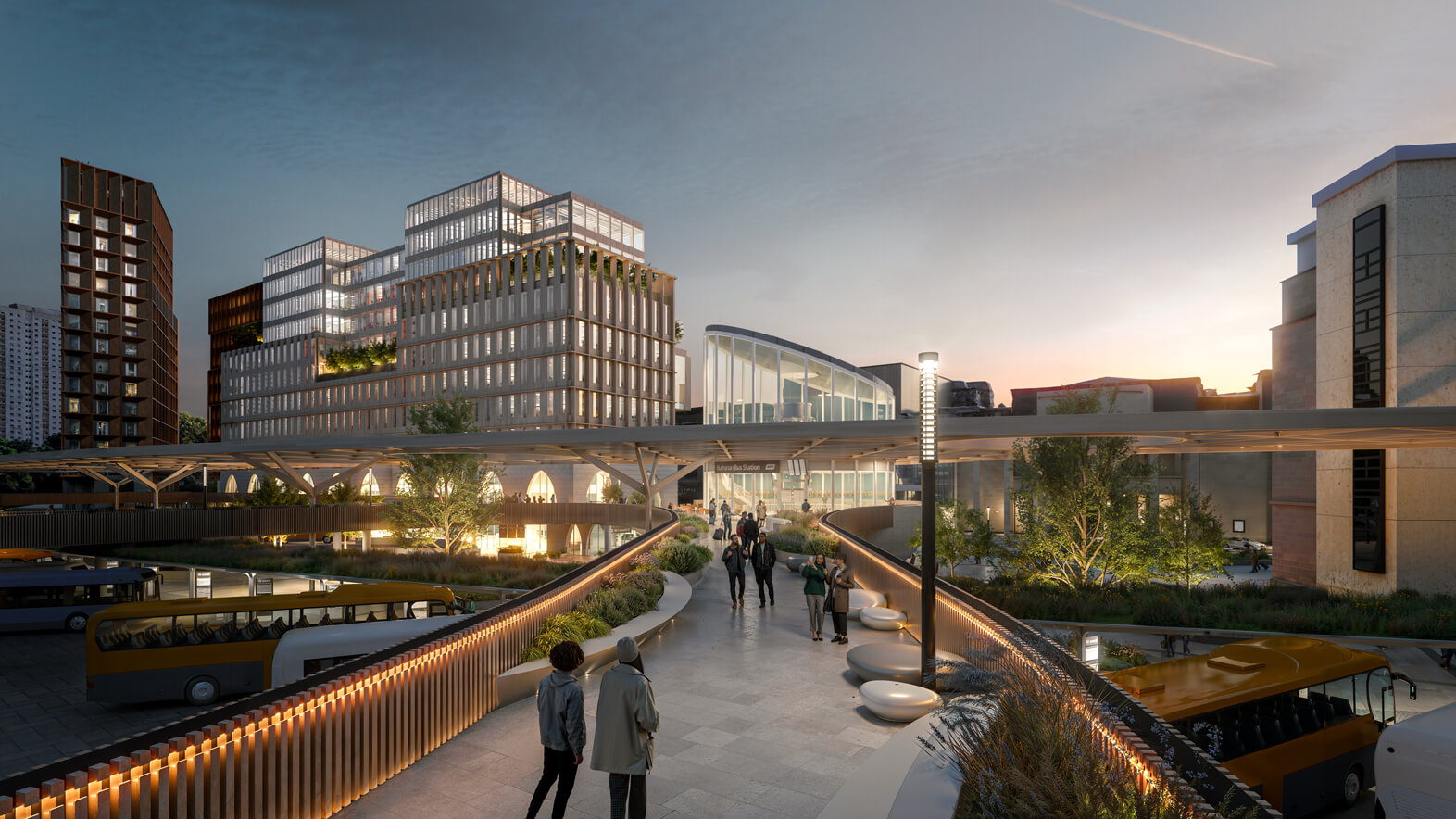
Handling over 500,000 departures annually, Buchanan Bus Station has been a central feature of Glasgow’s transport infrastructure since its opening in 1977. While minor upgrades have been made — most notably in 2010 — the station’s core design has remained largely unchanged for nearly five decades.
SPT said the station now faces operational challenges as bus and coach sizes have increased, and there is a growing need to improve connections with the rest of the city centre. The redevelopment offers an opportunity to address these issues, introducing flexible layouts, improved safety, and generous public spaces that link seamlessly with other modes of transport.
SPT added that the new station would provide “a welcoming, lively and easy-to-navigate site” designed for the needs of modern travellers and integrated urban living.
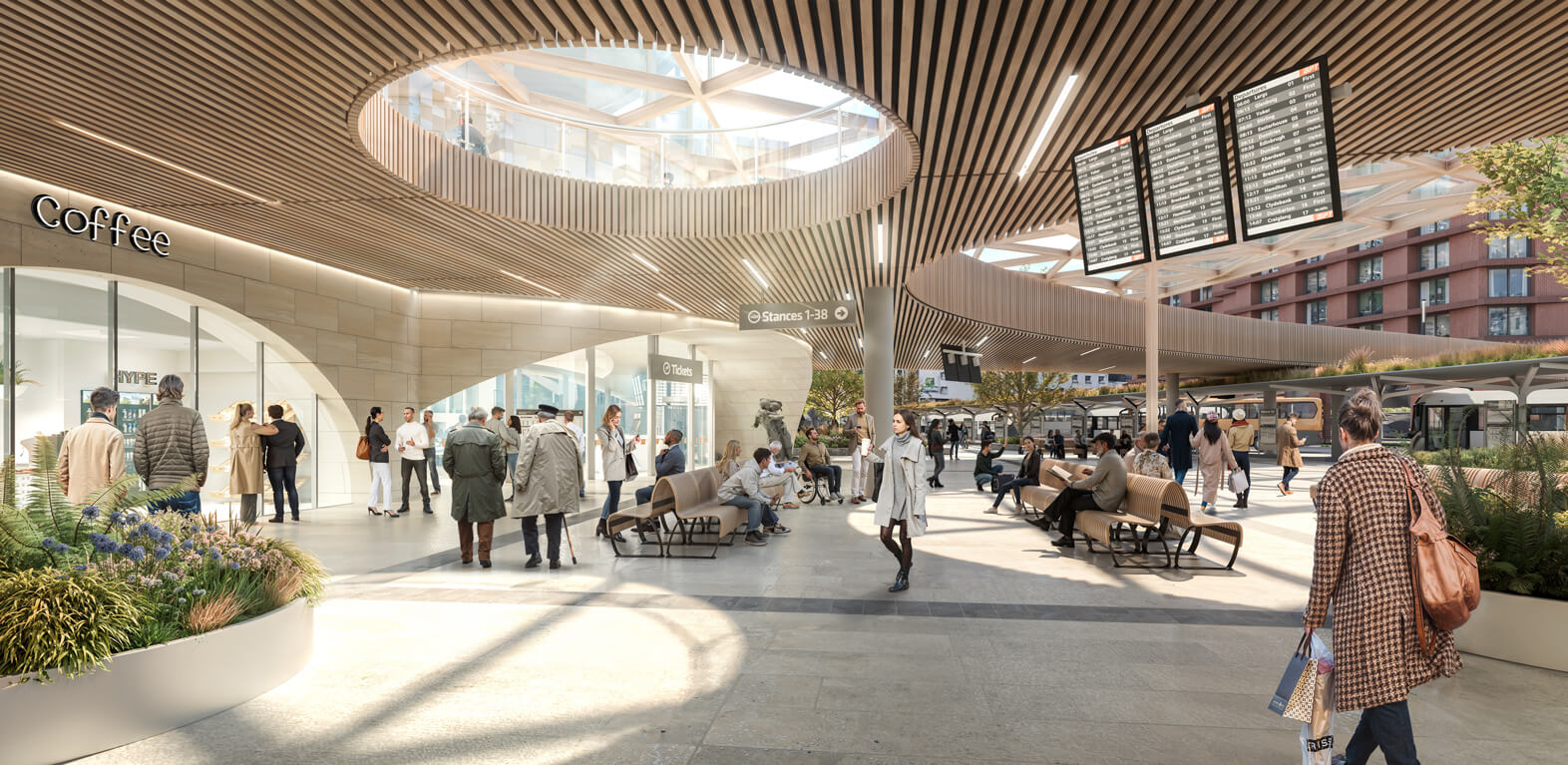
While the bus station will remain central to the area, the masterplan raises the possibility of gradual demolition and rebuilding to deliver the project vision. This could also include removing the Concert Hall Square multi-storey car park to make way for broader regeneration of the city block.
SPT confirmed that any demolition would be “carried out carefully and in stages,” ensuring continued transport operations during redevelopment.
An online consultation survey, open until 23 November 2025, invites feedback on the early design concepts. Insights gathered from workshops and surveys will inform the next stage of the masterplan, with more detailed proposals expected to be unveiled in December.
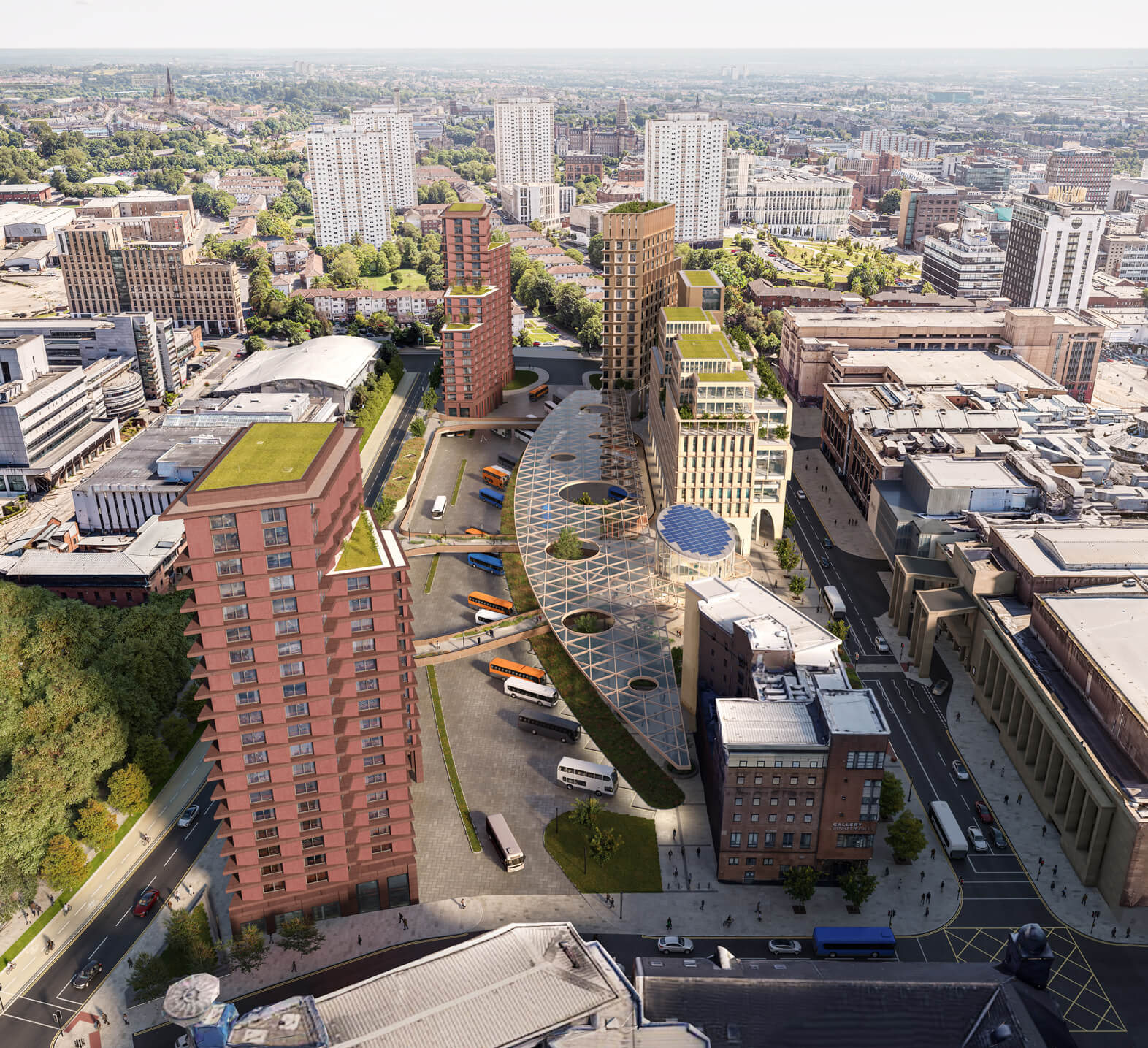
SPT’s director of transport operations, Richard Robison, said: “The area around the bus station is undergoing change, and now is the perfect opportunity for SPT to consider how Buchanan Bus Station fits within the regeneration of that part of the city.”
Chris Crombie, technical director for architecture at AtkinsRéalis, added: “The Buchanan Bus Station has long been a central transport hub for Glasgow, but it needs to be fit for purpose for the future. This requires a new vision — not just as a transport interchange, but as a destination in its own right.”








